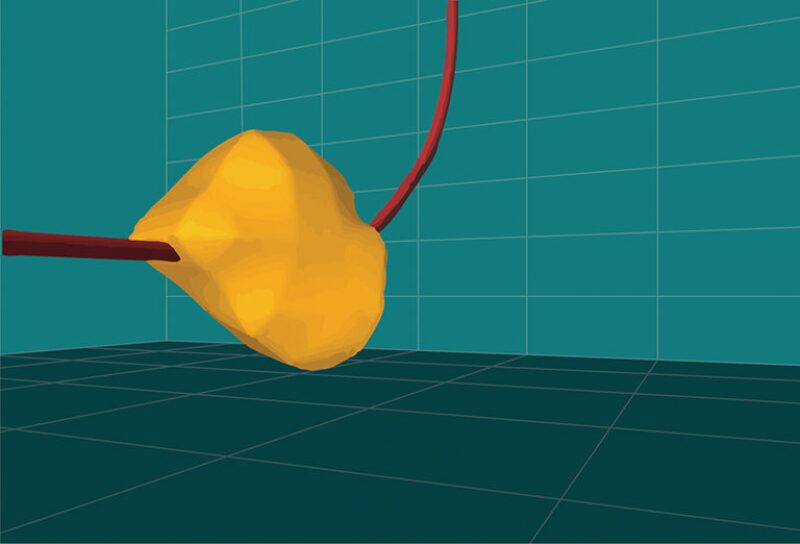A series of images that look like yellow lumps on a line are the first-ever images of the area around the wellbore where fractures have been propped open using specially coated proppant stimulated by electromagnetic (EM) energy.
The images created by Carbo Ceramics could represent a milestone on the journey to find an answer to a critical question facing unconventional producers—how much rock is being stimulated and propped with grains of sand or ceramic for maximum production?
“People see the value in this area; they are starved for this,” said Terry Palisch, global engineering adviser for Carbo, who described what is seen in the images as the propped reservoir volume.
Four groups of researchers are seeking a direct way to visualize what is left behind after fracturing. Three of the projects involve getting images by using proppant specially treated to be visible when stimulated by EM energy.
Microseismic images currently used in the industry to show fracturing results are based on the popping sounds of rocks rubbing against each other, like fingers snapping, but not the quiet, productive work of opening fractures and pumping in proppant to ensure they stay open.
“Microseismic doesn’t really tell us where the proppant has gone. It shows where failure events are occurring,” said Mukul Sharma, a petroleum engineering professor at the University of Texas (UT) at Austin. He heads the Hydraulic Fracturing and Sand Control Joint Industry Project (UT Fracturing JIP) at UT, which is leading one of the projects mentioned earlier.


